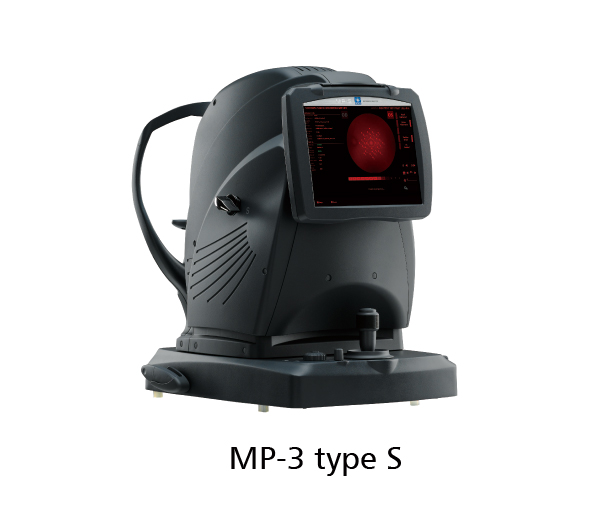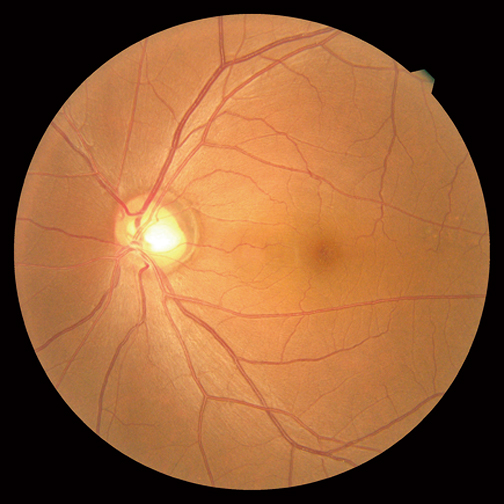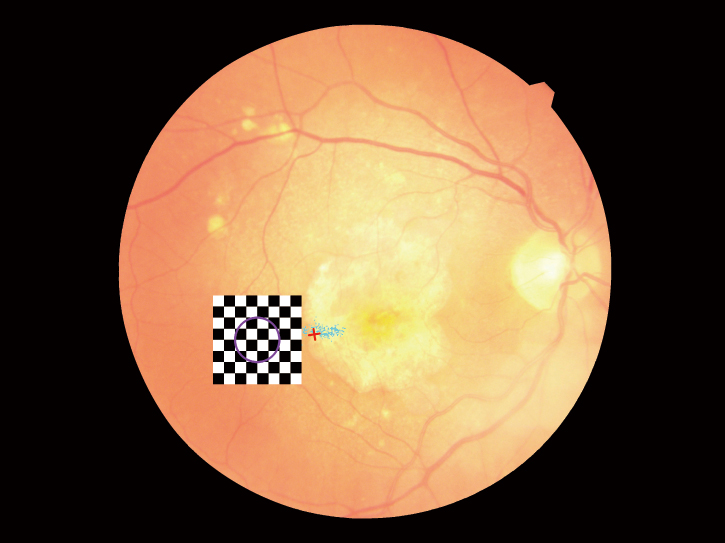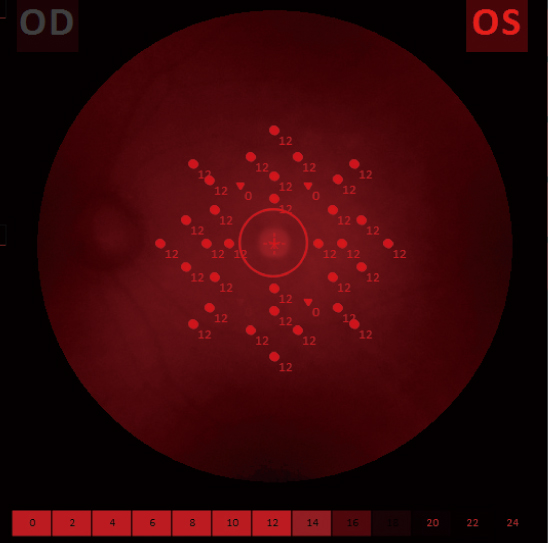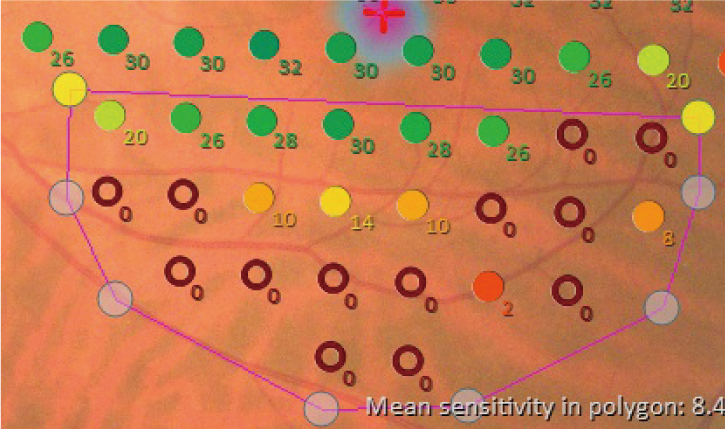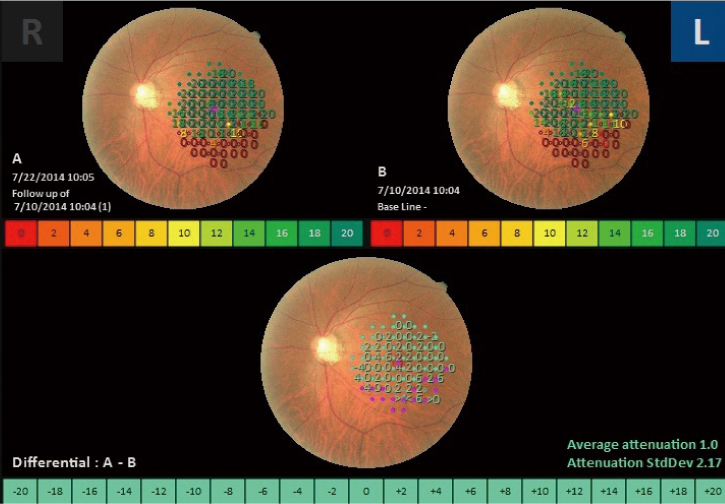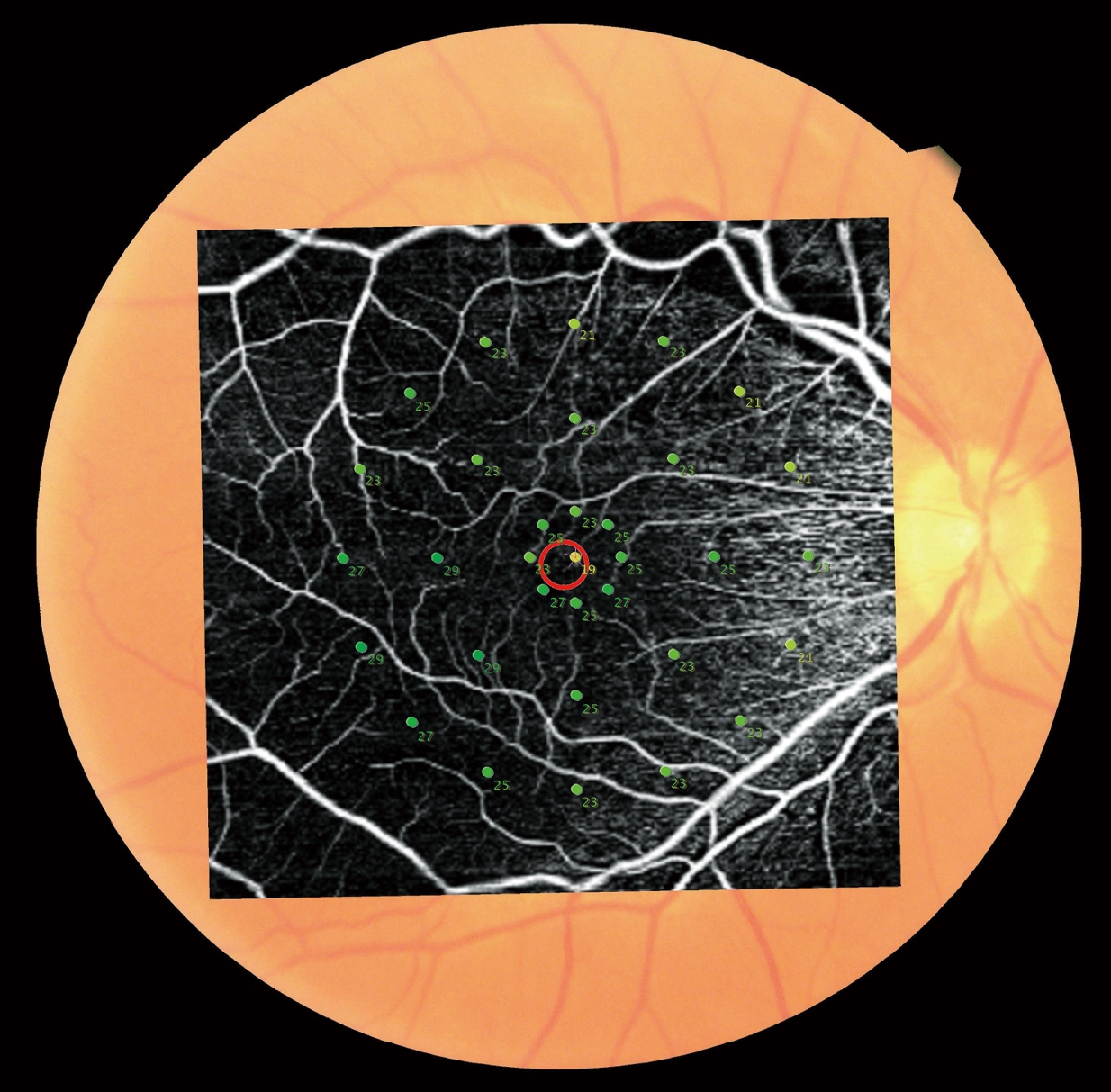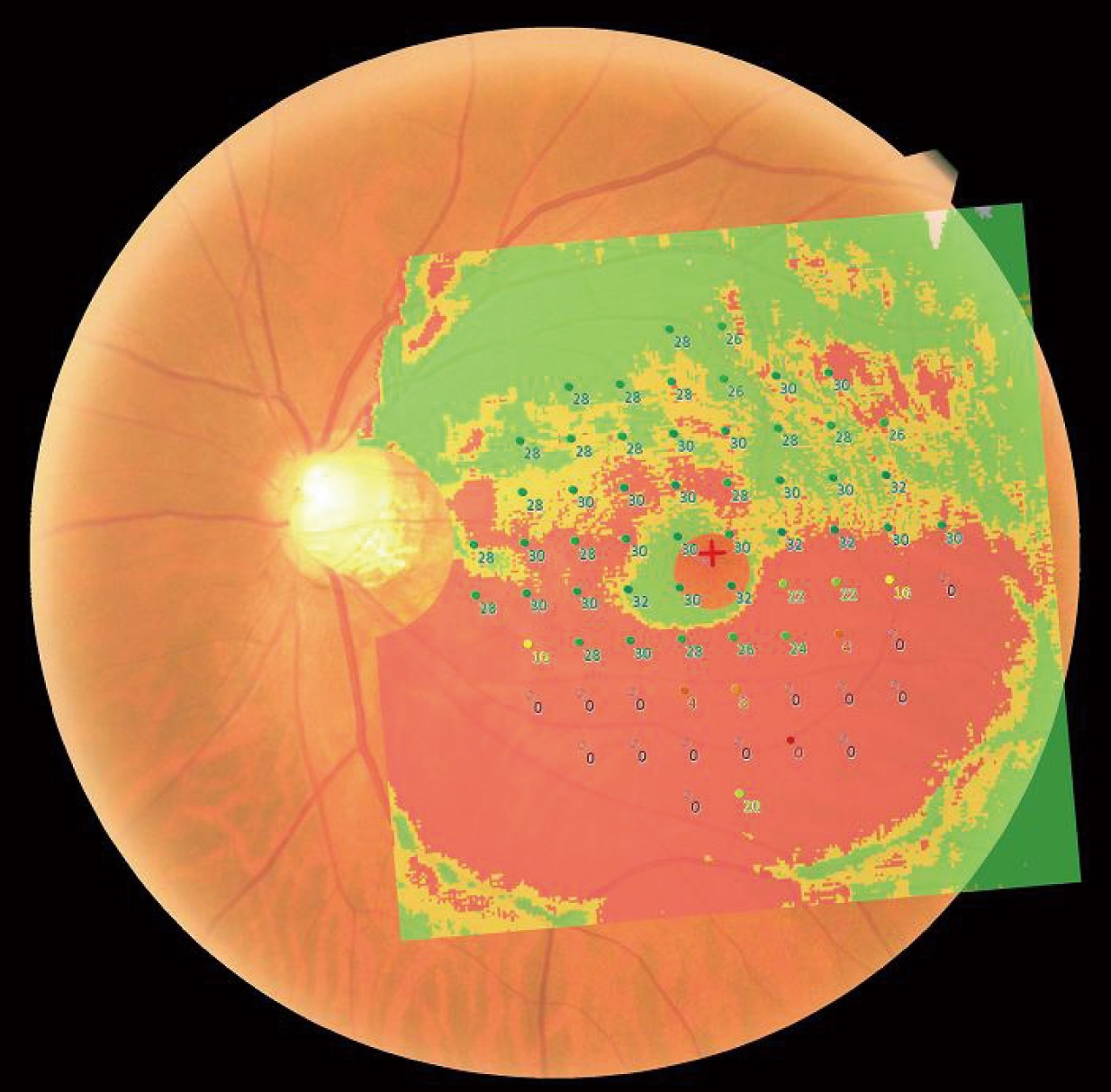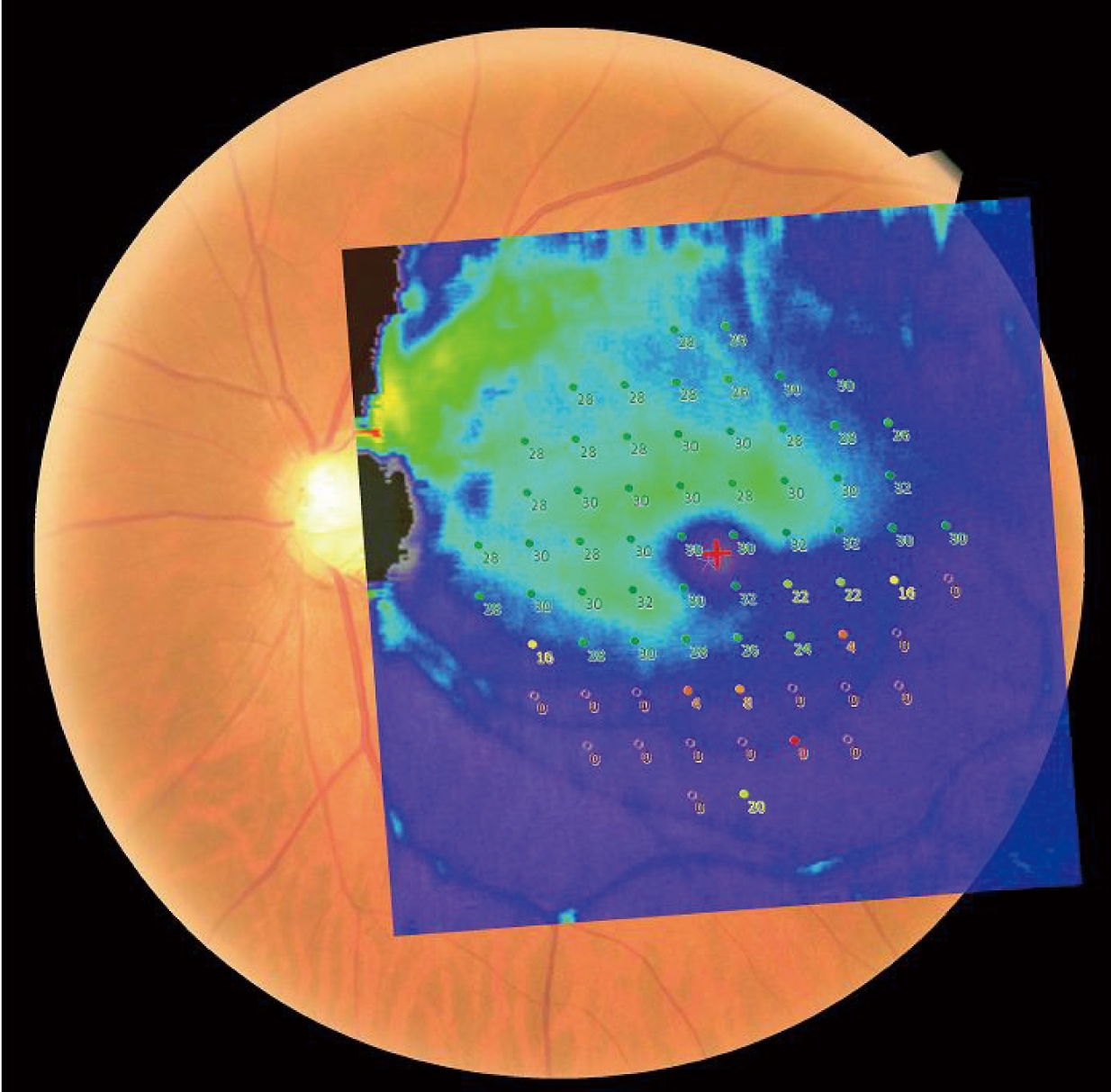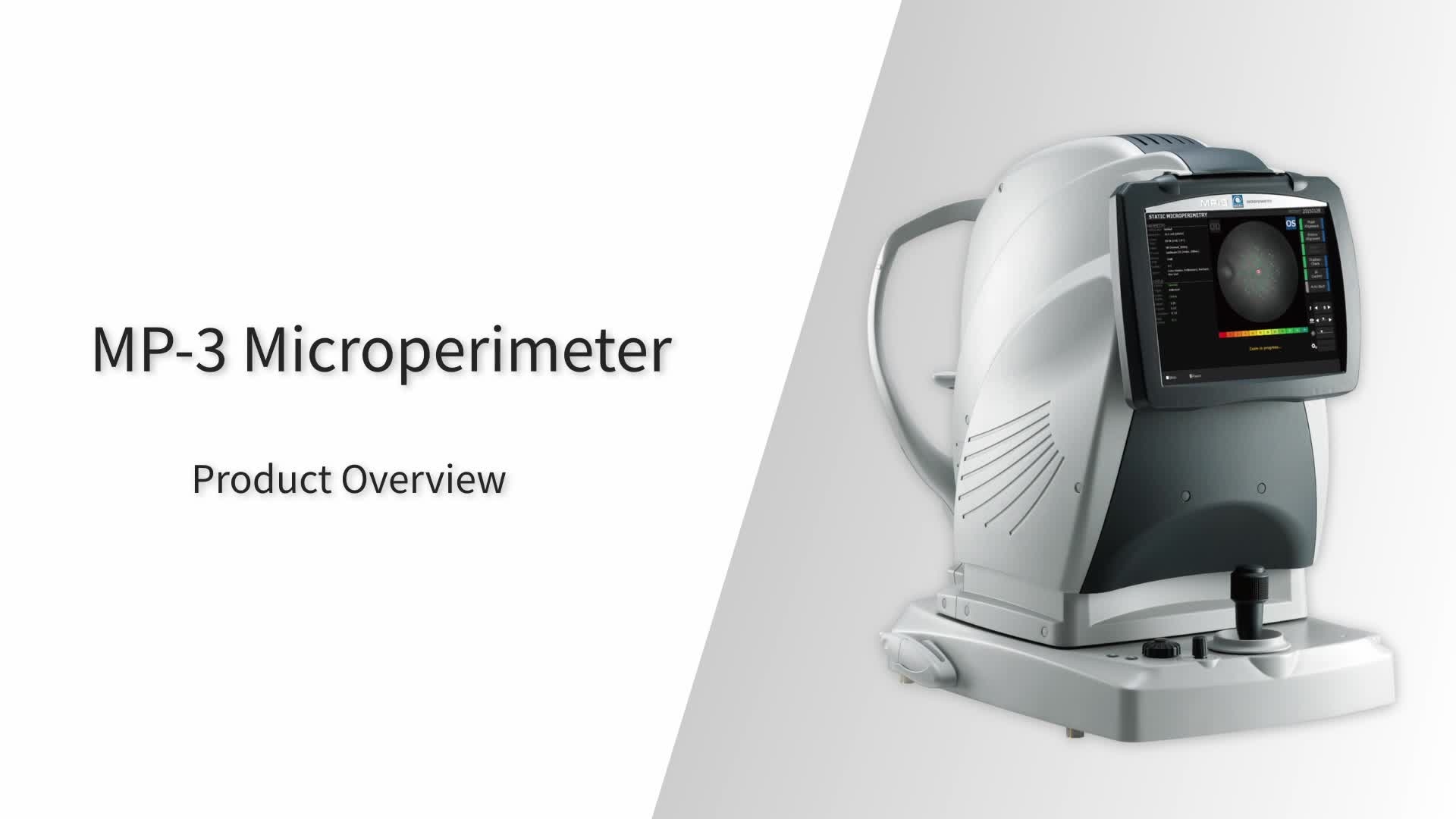Microperimeter
MP-3
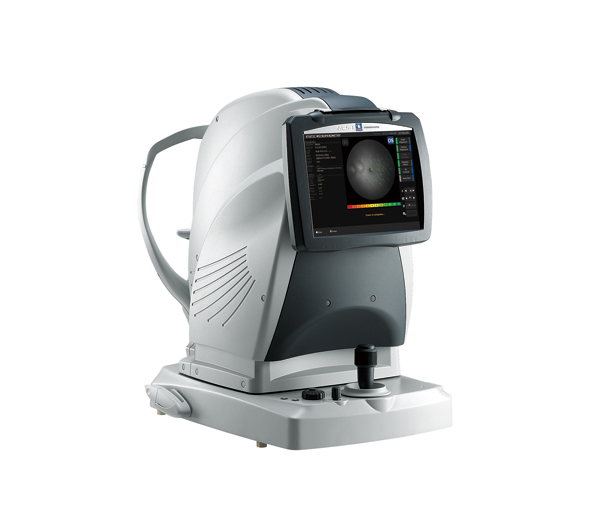
Features
- Microperimetry with a wide measurement range
- Fixation test with a precise tracking system
- High resolution non-mydriatic fundus camera
- Feedback exam for visual rehabilitation
- Scotopic microperimetry
- Auto tracking and auto alignment
Detailed Information
Microperimetry
Wide measurement range
The MP-3 has a wider range of stimulus intensity, from 0 to 34 dB, compared to the MP-1. The MP-3 measures perimetric threshold values, even for normal eyes. A maximum stimulus luminance of 10,000 asb* allows evaluation of low-sensitivity.
*In accordance with ISO12866 measurement methods
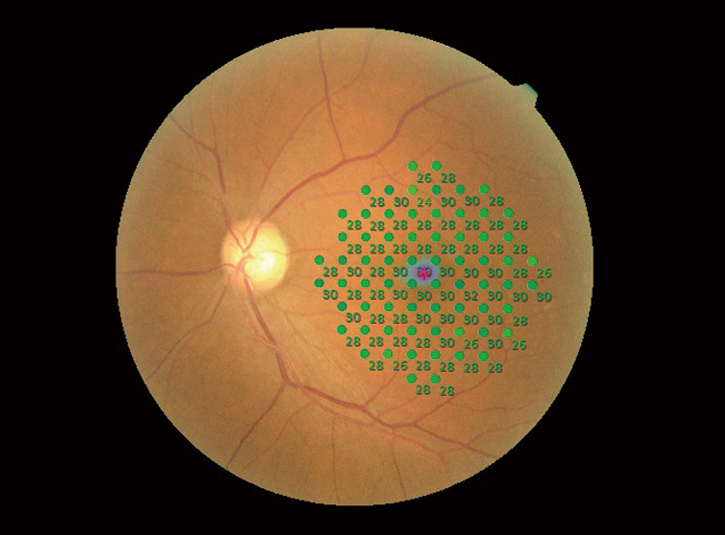
MP-3 Normal Eye Image (34dB) |
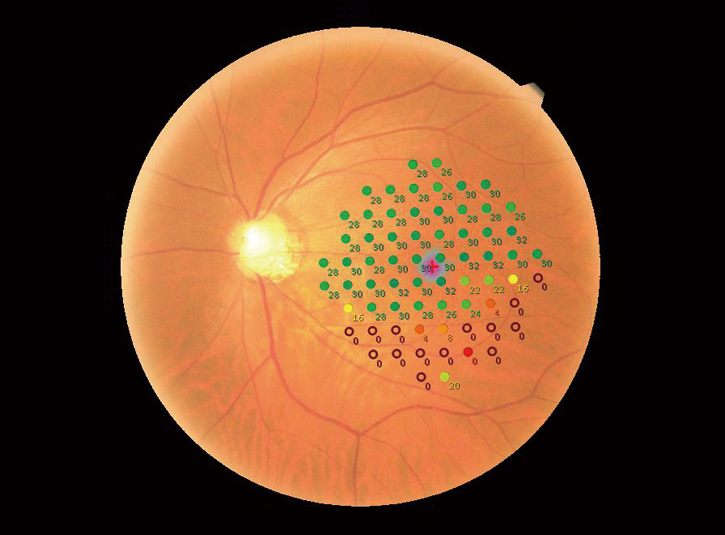
MP-3 Glaucomatous Eye Image (34dB) |
Fixation test
Precise tracking system
The MP-3 can measure fixation and determine the preferred retinal locus, simply by having the patient fixate on a target. Constant tracking of the eye during microperimetry allows evaluation of fixation in patients with central visual field defects and determines whether fixation improves after treatment.
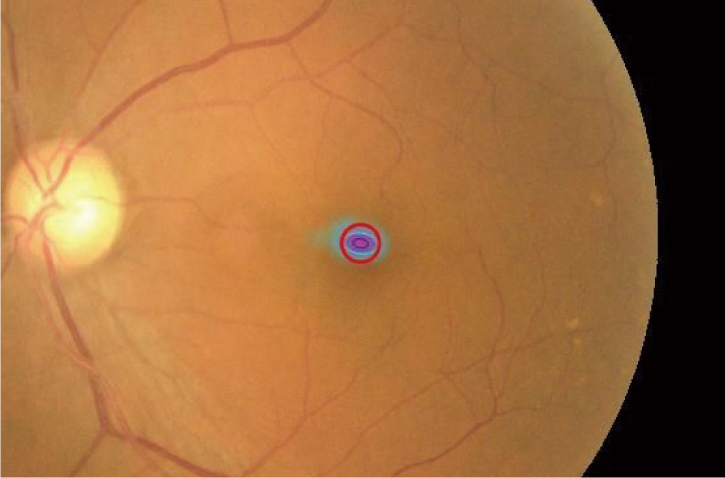
Stable Fixation |
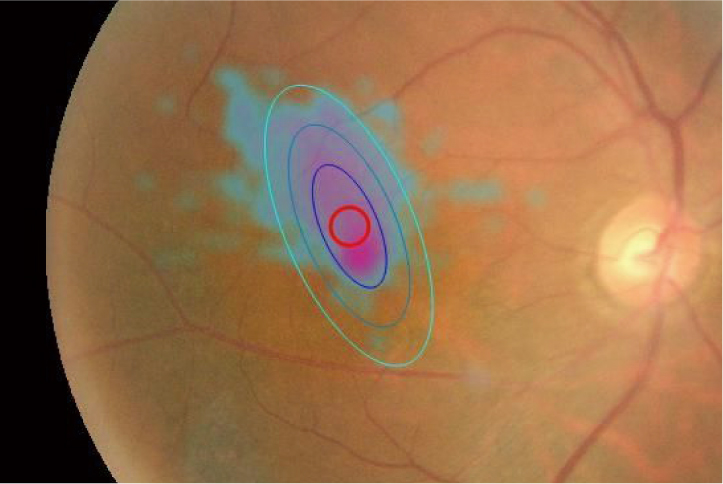
Unstable Fixation |
Retinography
Feedback exam for visual rehabilitation
Image courtesy of the National Centre of Services and Research for the Prevention of Blindness and Rehabilitation of Visually Impaired – IAPB Italia Onlus, Rome – Italy
Related article
Active Visual Rehabilitation: A New Paradigm in Low Vision Services
By Filippo Amore, MD, PhD
https://www.nidek-intl.com/case_report/active-visual-rehabilitation-a-new-paradigm-in-low-vision-services/
Scotopic microperimetry (available for the MP-3 type S)
| The MP-3 type S measures retinal functions under scotopic conditions (scotopic microperimetry) in addition to the standard functions of the MP-3.
Scotopic microperimetry is used to assess the changes in rod sensitivity of degenerative retinal diseases including age-related macular degeneration and some forms of retinitis pigmentosa. This modality can be used in clinical trials of new therapeutics for retinal diseases that impair rod function. |
MP-3 type S |
Auto tracking and auto alignment
Region-specific test evaluation
Follow-up test
Pre- and post-treatment comparison
Case of anti-VEGF treatment for age-related macular degeneration (AMD)
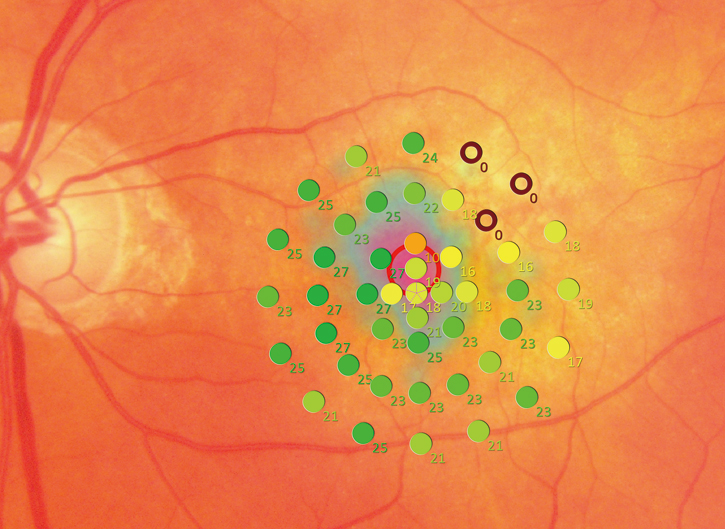
Pre-treatment |
Circle at 2° Percentage of fixation points 66.1% Circle at 4° Percentage of fixation points 92.1% Mean sensitivity: 20.4 |
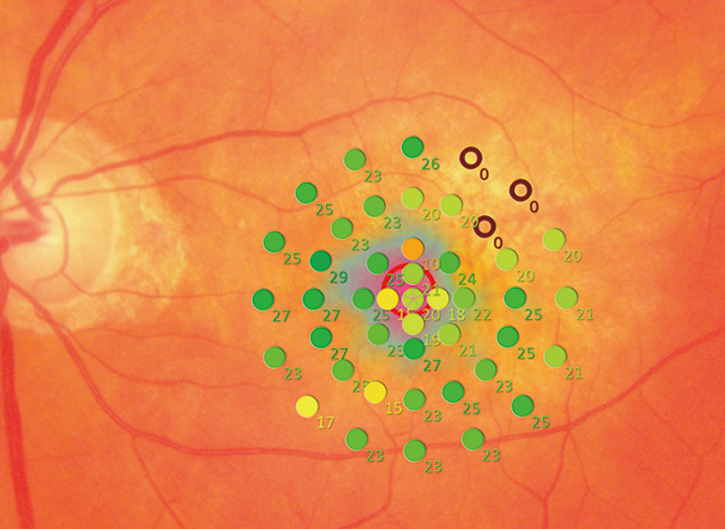
Post-treatment |
Circle at 2° Percentage of fixation points 68.1% Circle at 4° Percentage of fixation points 95.5% Mean sensitivity: 20.9 |
Downloads
User testimonials
Related Products
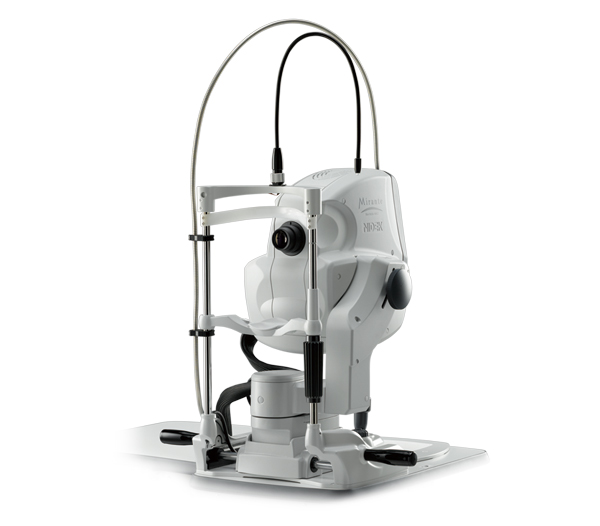
Scanning Laser Ophthalmoscope
Mirante SLO/OCT
Mirante SLO

Optical Coherence Tomography
RS-1 Glauvas
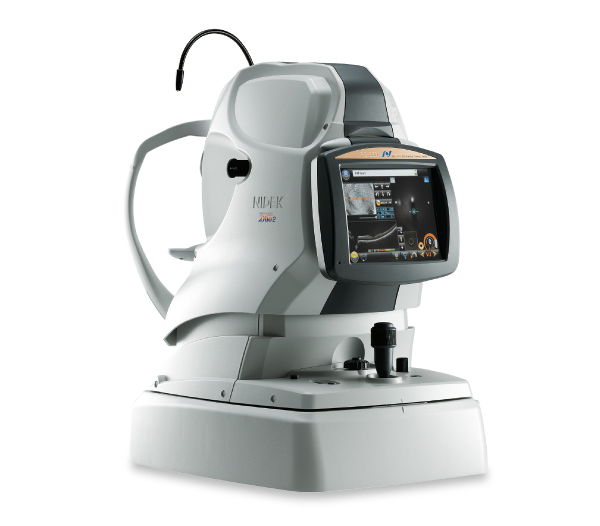
Optical Coherence Tomography / Fundus Camera
Retina Scan Duo™2
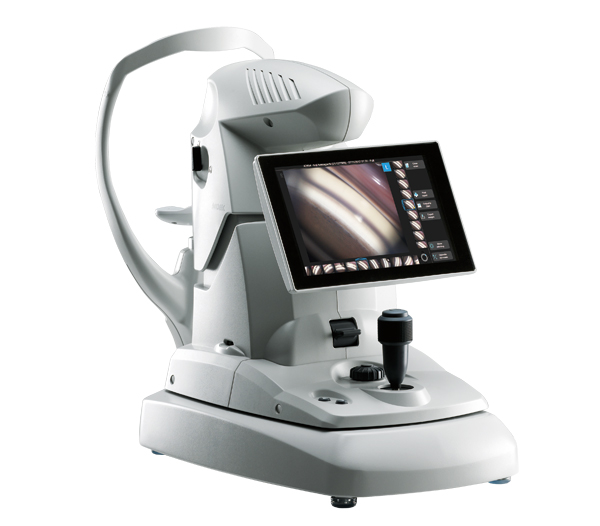
Gonioscope
GS-1
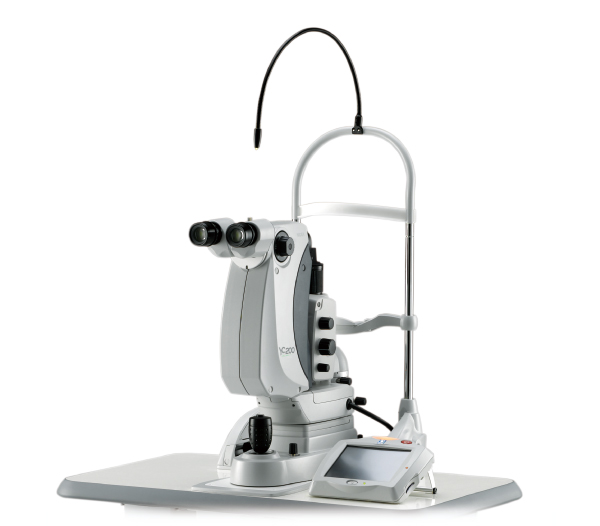
Ophthalmic YAG and SLT Laser System
YC-200 S plus
Ophthalmic YAG Laser System
YC-200
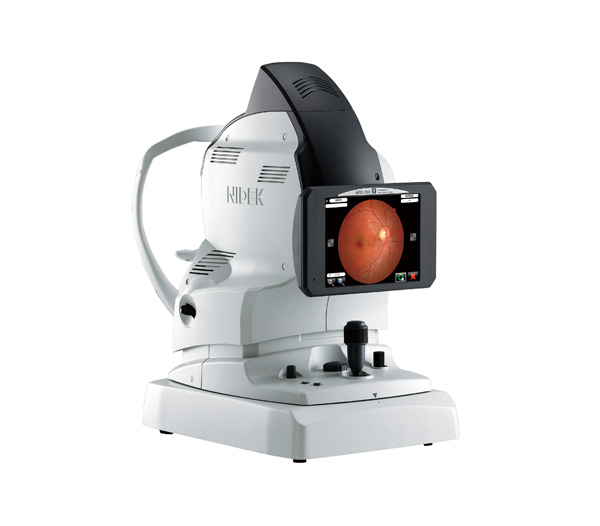
Non-mydriatic Auto Fundus Camera
AFC-330
NOTE
The availability of products differs from country to country depending on the status of approval.
Specifications and design are subject to change without notice.
- Product/model name
- Microperimeter MP-3







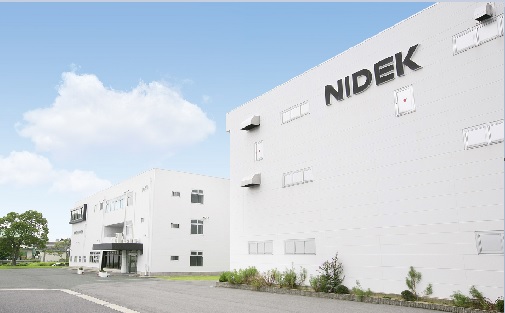
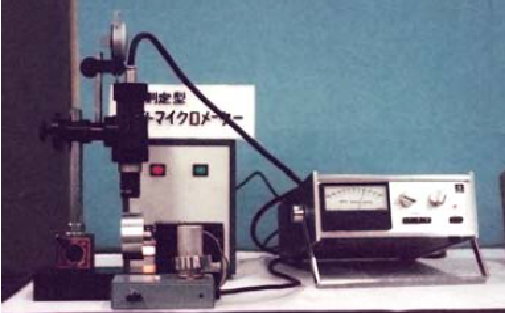
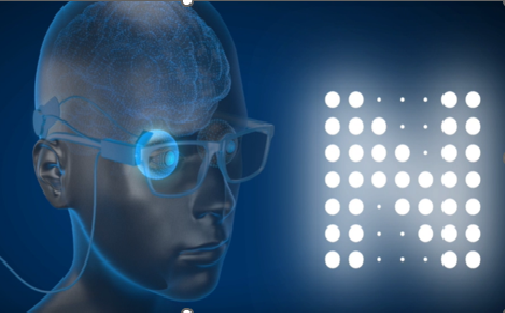
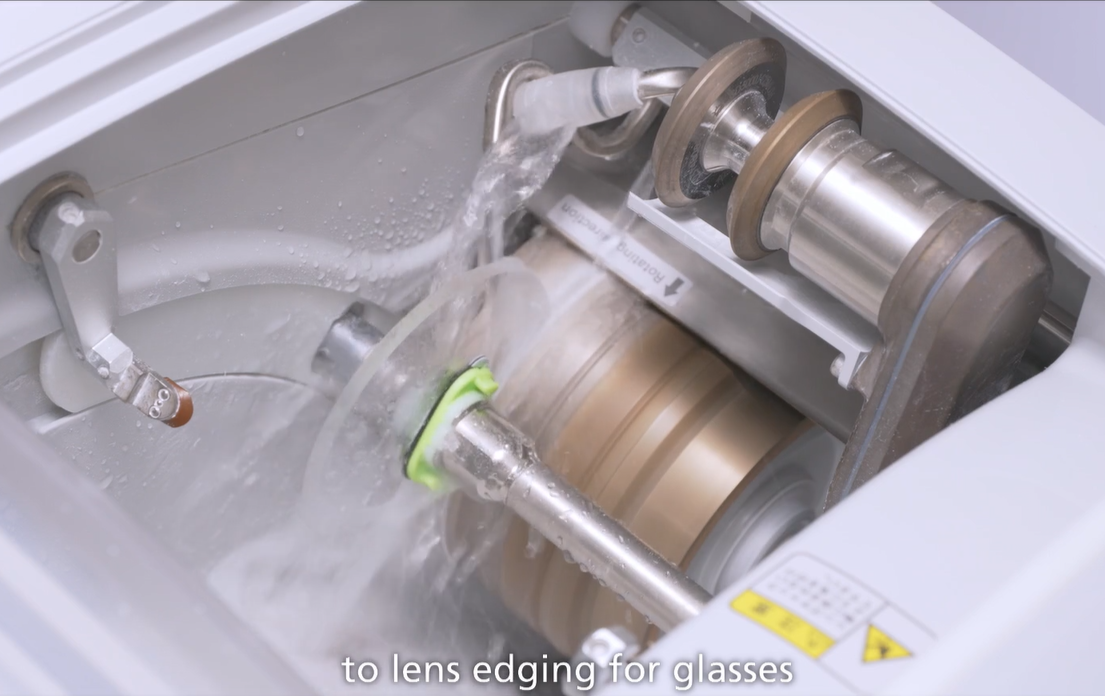


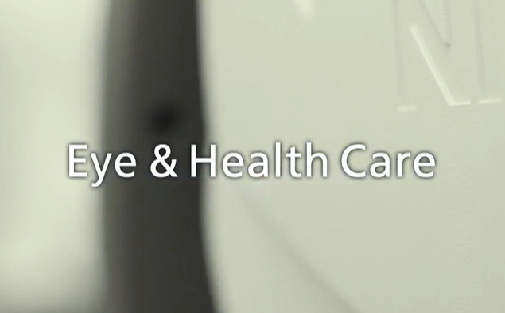
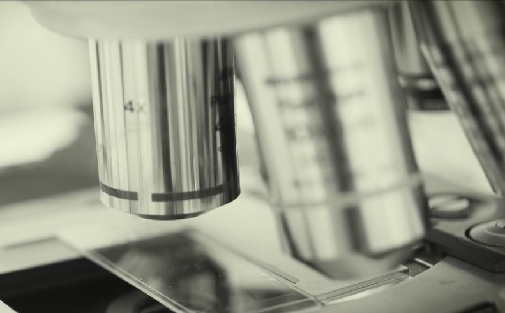




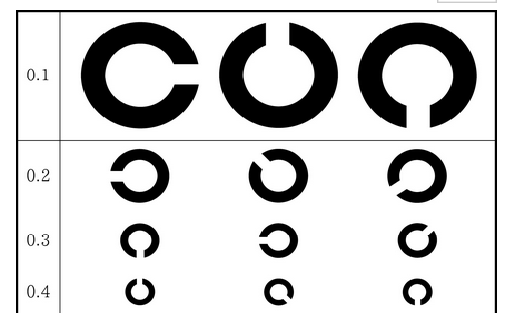




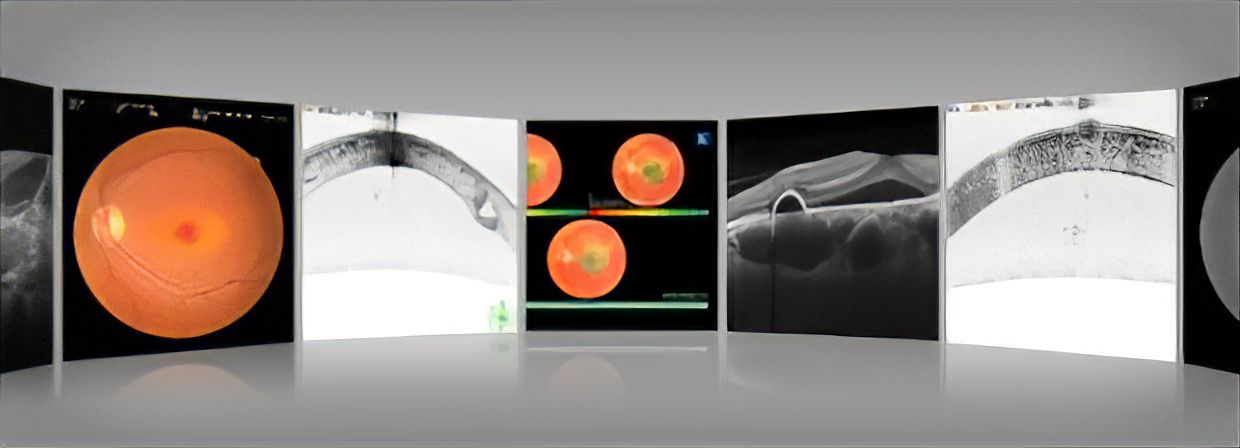
 TOP
TOP
